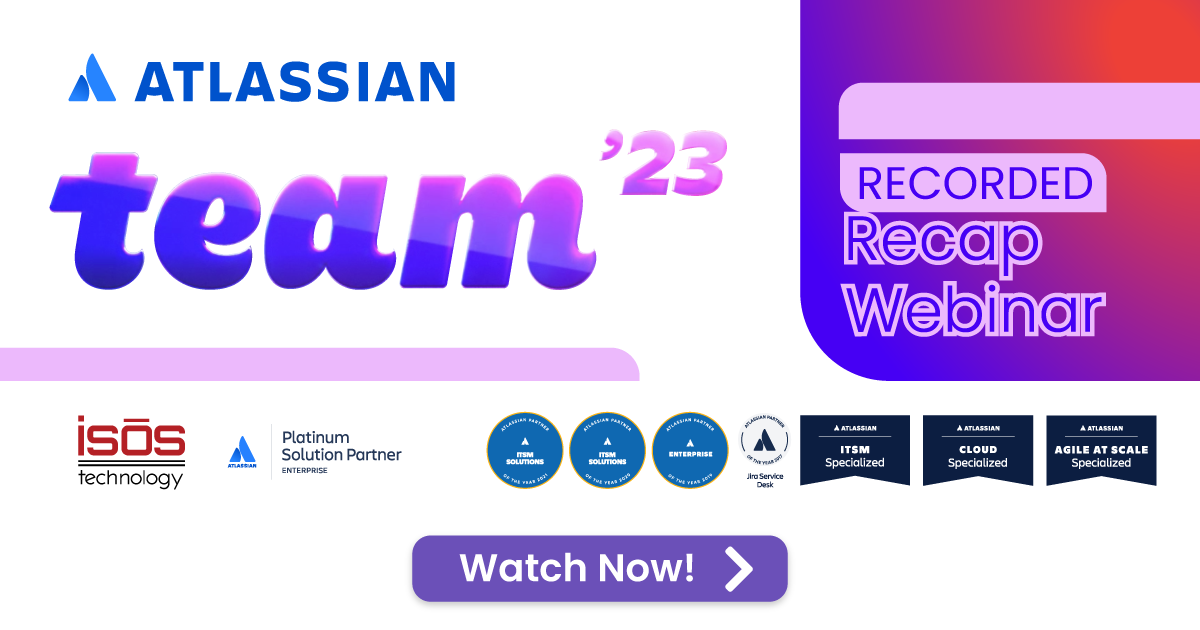 We're in uncertain times, and over the past several months of working with clients, I have experienced firsthand the pain and uncertainty that comes with layoffs. Layoffs can cause a lot of pain and suffering for the employees who are let go and for those who remain. Team members are being asked more than ever to accomplish more, while having fewer resources.
We're in uncertain times, and over the past several months of working with clients, I have experienced firsthand the pain and uncertainty that comes with layoffs. Layoffs can cause a lot of pain and suffering for the employees who are let go and for those who remain. Team members are being asked more than ever to accomplish more, while having fewer resources.
So what can you do to increase efficiency, while not putting undue stress on yourself or your team? In this post, I provide nine strategies that can help you and your team navigate layoffs and emerge stronger together.
- Be Transparent: Transparency is crucial during layoffs. It's important for leaders to communicate openly and honestly with their employees about the situation, the reasons for the layoffs, and what the future holds for the company. Employees need to know what's happening and why, so they can make informed decisions about their own futures. Transparency can also help build trust between leaders and employees, which is essential for maintaining morale and motivation during difficult times. By being transparent, leaders can show their employees that they value them and their contributions, even during times of change and uncertainty.
-
Talk with Your Team: Open communication and collaboration are fundamental during times of change. As a leader, it is crucial to acknowledge losses and create an environment where team members can express their feelings and concerns. Encourage them to speak openly and honestly. By opening up a dialogue with your team, you can provide psychological safety, gain a better understanding of each team member's current capacity and skill set, and encourage team members to share their skills and collaborate more effectively.
-
Get Organized: Retrospectives and root cause analysis are indispensable tools to help your team continuously improve. Team retrospectives allow everyone to come together and discuss what is working well, and what needs improvement in a collaborative environment. Root cause analysis helps you understand the underlying issues and develop effective solutions. Once you have identified potential solutions, it is important to assign roles and responsibilities to each team member and set clear goals and expectations so they can be implemented.
-
Set Priorities: You cannot reasonably absorb the work of your recently laid-off colleagues. Make sure to set priorities for you and your team members and be really clear about them. Focus on the most important tasks first, to ensure that you are using your limited resources in the most effective way possible. Prioritization provides a sense of direction and purpose, which can be especially important during times of uncertainty and change. Remember that it is better to have three things done than six half done.
-
Understand Capacity: With fewer people, there is inherently less capacity to get work done. Avoid overloading your remaining employees, as this can lead to burnout. Instead, empower your team to speak up when they are at capacity and can't take on any more work so that the workload can be distributed or shelved. At the same time, also empower your team to speak up when they have the capacity and can help pick up some of the extra work.
-
Make Work Visible: One of the biggest risks with layoffs is losing sight of the work or leaving people out of the loop. Use tools such as Jira, Azure DevOps, or Monday to make work as visible as possible. These tools provide visibility into project progress and allow team members to easily view what tasks are currently being worked on, what needs attention, and what risks need to be addressed.
-
Optimize Workflow: During times of change, it is vital to optimize your workflow to ensure that you are making the most of your efforts. Look for ways to automate processes and streamline tasks to reduce the workload for your team. This can help you get more done with less and keep your team focused on the most important tasks.
-
Celebrate Success: Celebrating success is important, especially during times of change. Recognize and celebrate your team's successes, no matter how small. This will help keep your team motivated and engaged, even during difficult times.
- Connect with Coaches: 1:1 coaching can provide a safe space for employees to express their thoughts and feelings without fear of judgment or retaliation. Coaches are objective and can provide a neutral perspective on the situation, which can help employees work through problems like stress, uncertainty, workload management, and reframing their perspective. Team coaching can also be beneficial as it can help the team work through their feelings and concerns about the layoffs, improve communication and collaboration within the team, and provide guidance on how to work more efficiently and effectively. Coaches can leverage their experiences with other clients who have faced similar challenges, which can be particularly helpful when trying to do more with less. You may have existing coaches within your organization you can tap into. Reach out and encourage employees to take advantage of these services.
Layoffs are unfortunately a reality of business, and many managers have gone through similar experiences. It's important to recognize that while layoffs can be difficult, they are often a reality of the business cycle.
I encourage you to focus on the future and the opportunities that lie ahead. Remember that you still have a team to lead, and they need your guidance and support more than ever. Take this as an opportunity to reassess your business goals and strategies, and make any necessary adjustments to ensure your team is set up for success. Keep communicating with your team while being transparent about the changes that are happening.
Finally, I want to remind you to take care of yourself during this time. It's important to prioritize your own well-being so that you can be there for your team. Lean on your own support network for encouragement and guidance, and seek out additional resources or support if needed.
Sign up to receive more great content
Learn more about Atlassian and how Isos can help by signing up to receive our latest blogs, eBooks, whitepapers and more.














